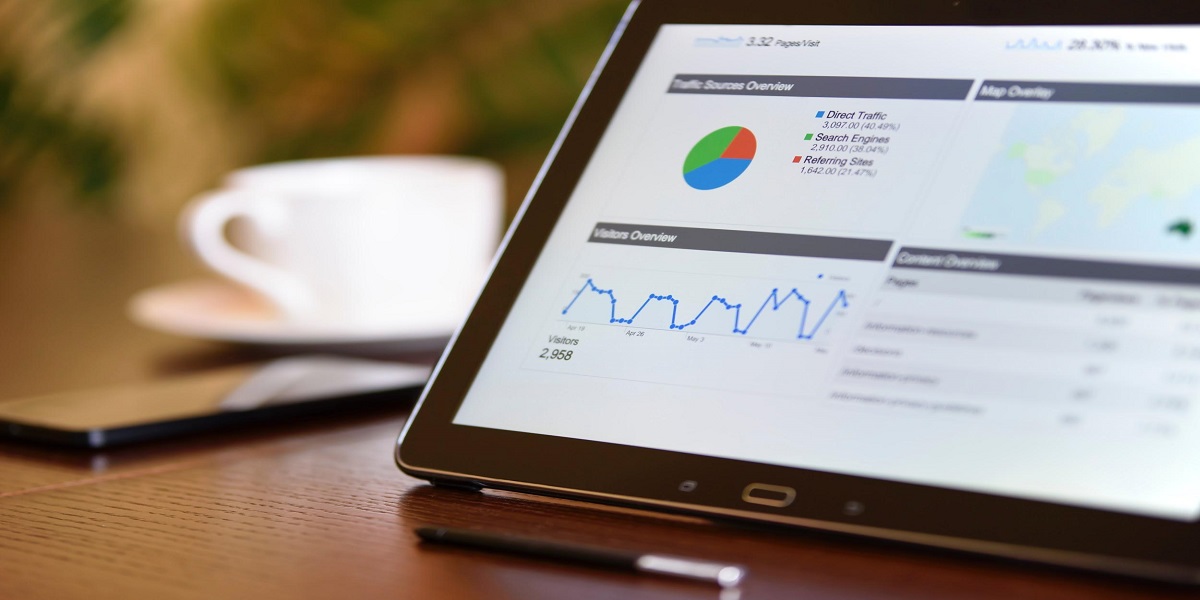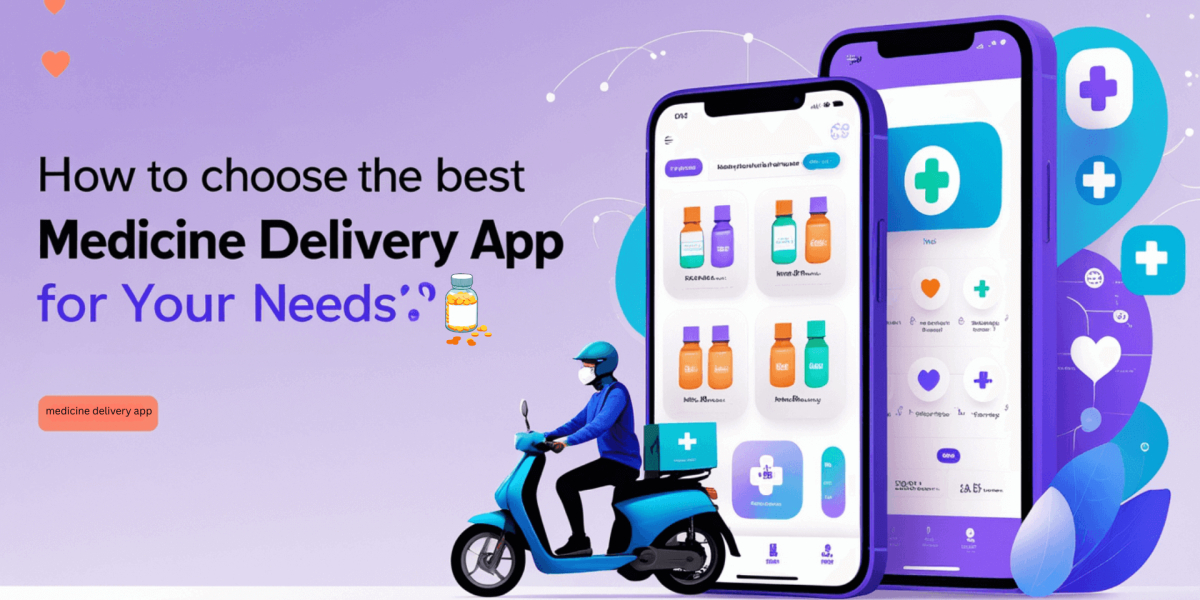Essential Data That You Should Be Monitoring Daily in Google Analytics For Your Business
- By Jamie Costello
- 25-04-2020
- Misc

Having a business in the modern day and age, it’s important that you have a presence online in order to attract customers. If you don’t have a website then you’d rather not exist as a brand. When you create a website that has useful content and products that are attractive to the general public, it’s going to get some traction from customers.
However, if you’re unable to track your website performance effectively, it can make it extremely difficult to determine whether your business is progressing or in which place its failing. This is where data monitoring tools can be effective as they display important metrics about how your website and business perform through digital channels.
Google analytics is the leading software in data monitoring for businesses and it’s easy to think why, but do you know what the best metrics that help you to discover whether your website is performing well? This guide will provide a breakdown of 6 different metrics that you should be paying great attention to on a daily basis that will be helpful to your business’ future. Find out best mobile app development company for your business.
Best performing channels
Considering the many channels that your business can gain attraction from, it’s useful to know which ones are performing the best. Google analytics generally tends to report data on 4 main digital traffic channels; organic, social, direct and referral traffic.
Organic traffic is traffic that arrives directly from search engines. This means users will be typing a relatable keyword into search engines and clicking on your website if they find it in the results.
Social traffic is users that arrive to your website from social platforms such as Facebook, Instagram, Facebook etc.
Direct traffic refers to users that type in your website domain directly through the web address bar or click on a bookmark that goes to your site immediately from their web browser.
Referral traffic are users that enter your website having come through from a different website. For example, there’s a link on another website that refers back to your website when they click
on it.
By getting a better understanding of which channel performs better than others, it can aid your business strategy moving forward and help how you target audiences to purchase your products and services. The information can be found by clicking Acquisition in the side menu and then Channels.
Number of new sessions
If a visitor has never been tracked to visit your site previously, Google Analytics will class this as a unique visitor. Tracking this provides a good indication of whether your brand is growing in awareness and more unique visitors are finding your site for the first time.
Whilst it’s great to have returning visitors to your website who are more likely to convert, you also need your business to grow and so you’d want to attract new users to your website too.
Bounce rate
A bounce rate is measured on whether a user stays on your website or not when they view it. If they enter your website and then immediately click off it, this will increase your website bounce rate. This is something you don’t want for your website as it indicates that your website isn’t engaging or what you’re selling isn’t something the user is interested in.
There can be several factors that lead to a high bounce rate on a website; poor user experience of the page, the page takes a long time to load, the page is designed poorly etc. You can normally find bounce rates in the Acquisition section of Google Analytics and if you find that your bounce rates are relatively high, there are several ways that you can help to reduce it.
Page views
A page view is classed as a user viewing a single page once on your website. A reasonable number of page views on your website indicates that users are able to view pages on your website relatively easily and there is plenty of valuable content on the website for the user to browse several pages. At the same time, it may also indicate that your user is unable to find what they’re looking for and is having to browse a number of pages on the website.
Factors such as bounce rates and average time spent on a page can be combined with page views to give you a better idea why page views are so high. Again, this information tends to automatically be displayed when you view your different traffic sources and a general overview of your audience.
Average session duration
Put simply, this is the average amount of time that a user spends on your website in one session. This metric provides an accurate indication of whether your site is relevant to the user and the information on the website is useful for them. If there’s a case where page views are relatively low but the average session duration is quite high, it’s a good indication that there may be too much information on the pages.
A good way to determine whether the information on the website is valuable and useful to the user is if their average session duration is high but they’re still converting and proceeding with an action on your website. The number of conversions that you have through your website can be checked in the conversion section, which we’ll go into more detail later in the article.
Conversions
Tracking conversions through your analytics will provide you with a good idea of whether your efforts through digital channels are valuable. A ‘goal completion’ is when a website visitor performs a specific goal or action on your website which you determine to be valuable for your website. For example, filling out an enquiry form. You’d first need to set up the goal before you can track them. Then, you can see the goals that occur through your website by navigating to conversions > goals > overview.
Track with the purpose of success
And there we have it. The metrics highlighted above will be crucial ones to monitor to help you gain a better understanding of how your website is performing. By understanding this data, it will provide you with actionable measures that you can integrate into your website to improve your website and your business overall.


.jpg)


